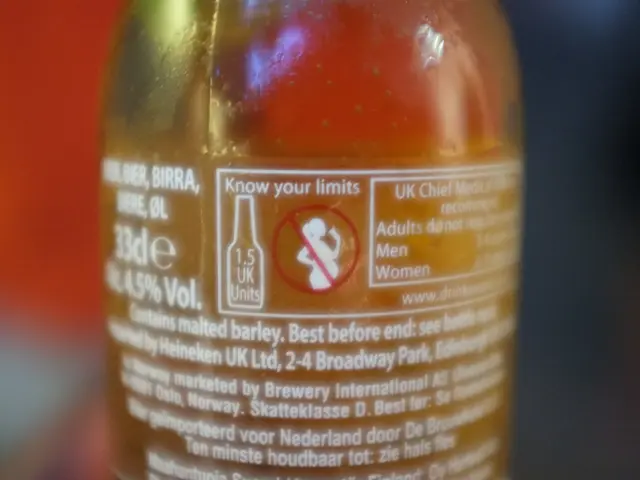Put a Spring Back in Your Step: Dealing with Bothersome Ingrown Toenails
Toenail Troubles: Identifying, Treating, and Avoiding Ingrown Toenails
Ingrown toenails, oh how they can ruin your day! Whether you've squeezed into a pair of tight shoes, accidentally bumped your toe, or simply haven't trimmed your nails, you're left with a throbbing, irritated toe. But don't sweat it, there are plenty of ways to get that pep back in your step.
Dr. Cherie Johnson, a board-certified foot and ankle surgeon at the Sports Medicine Clinic at Northwest Outpatient Medical Center, shares her insights on the best ways to treat and prevent these annoying nail issues.
What is an ingrown toenail?
An ingrown toenail occurs when the edge of your toenail digs into the skin, causing discomfort, inflammation, and in some cases, infection. This painful and annoying condition can lead to redness, swelling, and even an unpleasant odor. But fear not, most ingrown toenails are unlikely to cause larger health concerns.
Factors that Contribute to Ingrown Toenails
From pinching shoes to stubbed toes, there are numerous factors that can cause ingrown toenails, such as poor blood circulation, diabetic conditions, and certain activities that put extra stress on your toes. Even the shape of your nails can increase your risk of developing nail problems.
"Ingrown nails are not always preventable," says Dr. Johnson. "They can be hereditary, meaning if your parents have frequent ingrown toenails, you might be more susceptible to them."
Preventing Ingrown Toenails
Finding comfortable, supportive footwear is a key element in ingrown nail prevention. If you work in an environment where you are prone to injury, consider opting for steel-toed boots, or if you're partial to pointy-toed flats, it might be time for a change.
Maintaining good nail care is also essential, but be cautious when trimming your nails; avoid severing them too short, which can lead to irritation and potential ingrown nails. Instead, trim your nails straight across, and if the corners are sharp, gently soften them using a nail file.
At-Home Treatment for Ingrown Toenails
For minor ingrown toenails, try soaking your feet in warm water with Epsom salts for 10-15 minutes, twice daily, followed by drying the area well, applying a topical antibiotic, and covering with a bandage. This routine can help reduce inflammation, ease discomfort, and promote healing.
Be wary of other at-home remedies presented on the internet, such as putting dental floss under the nail or using olive oil soaks or apple cider vinegar. These methods are not recommended by Dr. Johnson and could potentially worsen the condition.
When to Seek Medical Attention
If your ingrown toenail continues to cause excessive pain, doesn't improve with at-home treatment, or is accompanied by a fever, redness spreading beyond your toe, or signs of infection such as pus or drainage, it's best to consult your doctor. They may perform a simple surgical procedure to remove the affected portion of the nail, alleviating your discomfort and promoting healing.
With Dr. Johnson's expert advice and a little TLC, you'll be back on your feet in no time!
- To support overall health-and-wellness and fitness-and-exercise, maintaining skin-care for your feet is crucial in preventing ingrown toenails, which can be caused by activities that put stress on your toes or poorly fitting shoes.
- A balanced nutrition, rich in essential vitamins and minerals, can support your immune system, helping your body combat infections that may arise due to ingrown toenails, or any other health issues that may arise.








